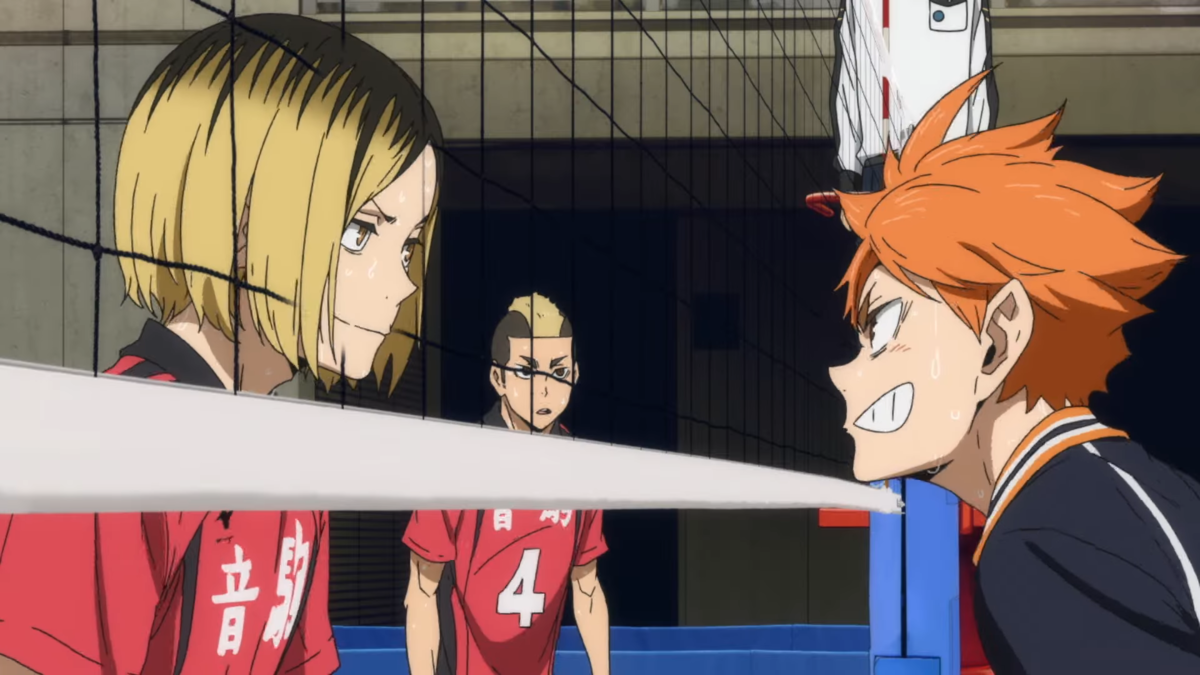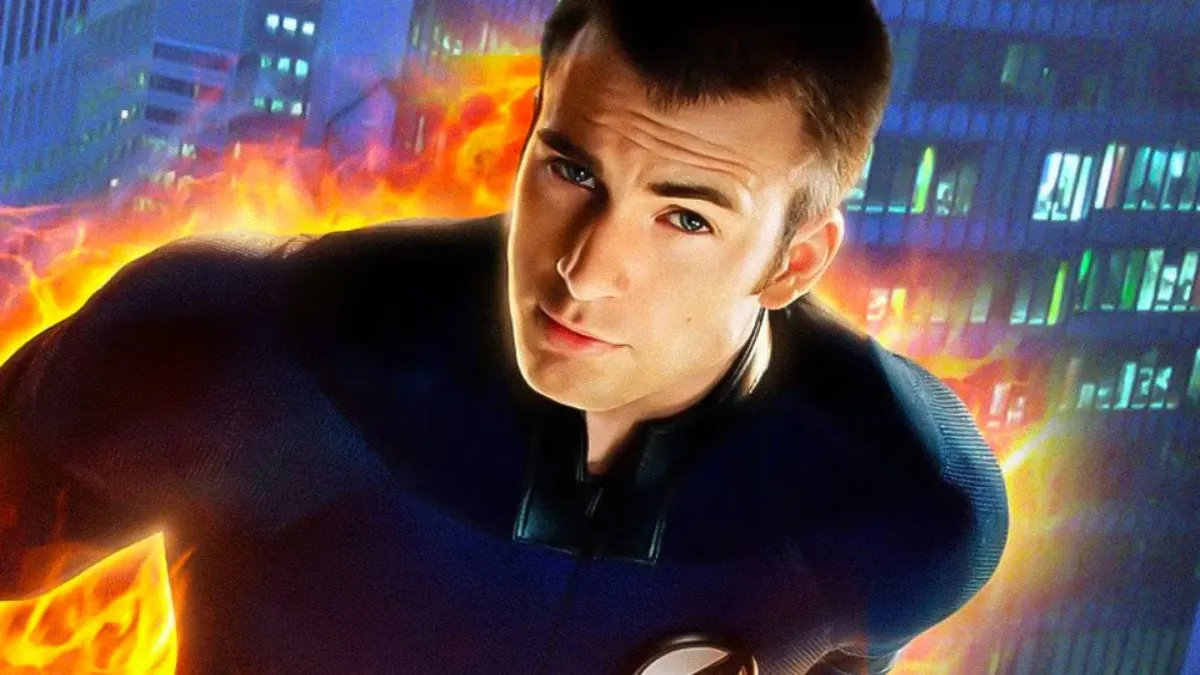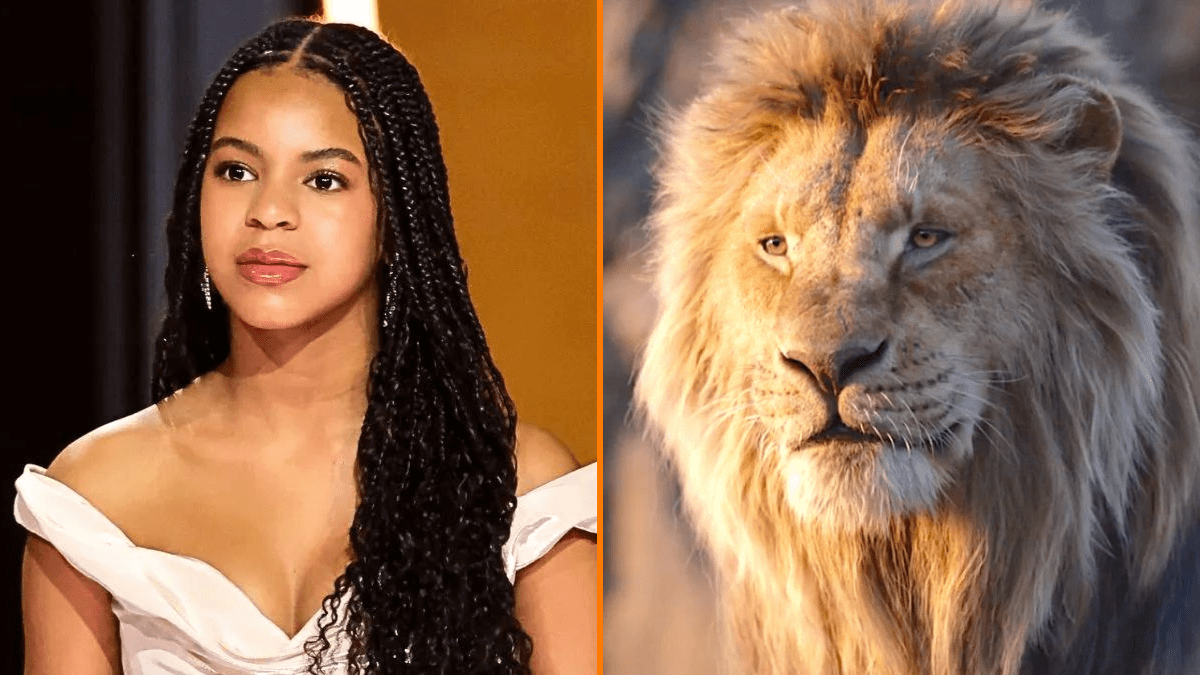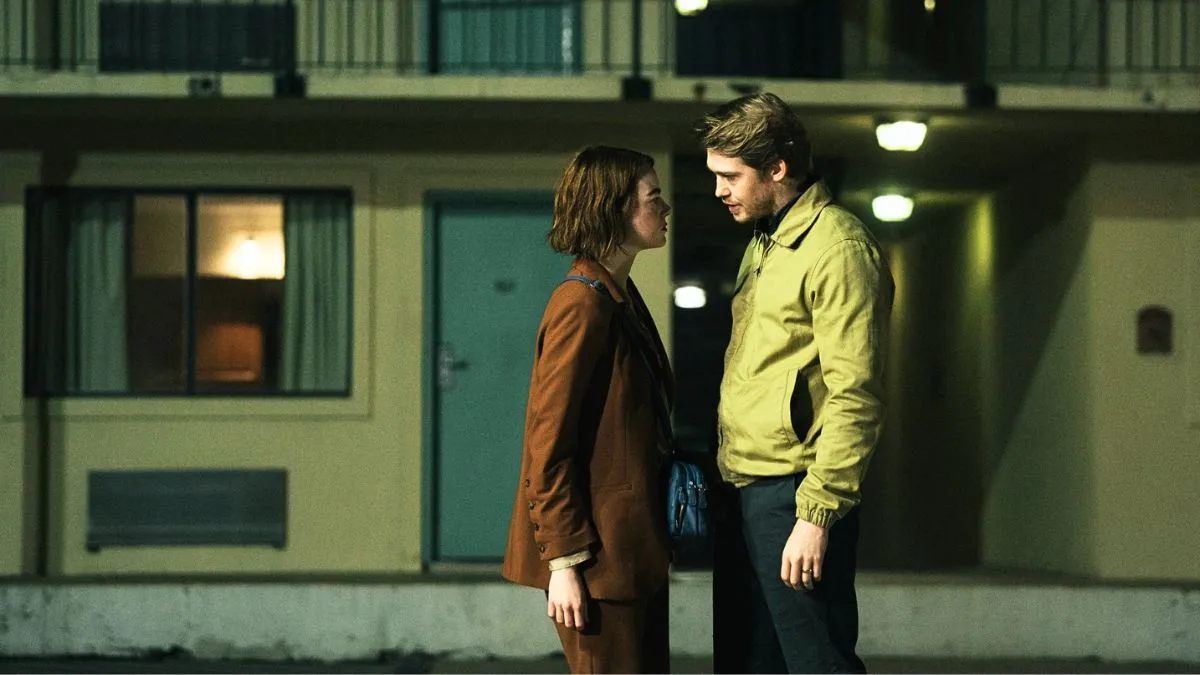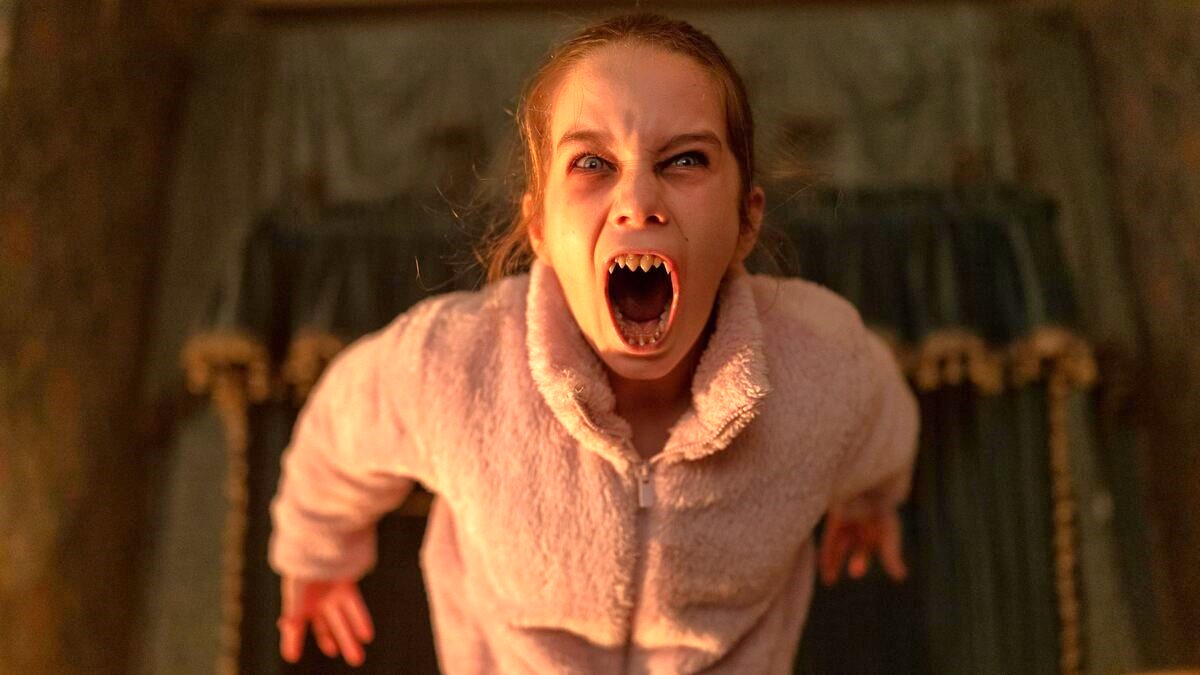
David Cronenberg’s Maps To The Stars is an easy film to watch but a hard one to decipher. It’s full of eclectic surface pleasures, but when you bite into the meat, you strike bone. After viewing it three times, I remain as dumbfounded as I was after the first viewing. The issue is not that I can’t piece together Cronenberg’s riddle wrapped inside an enigma, it’s that the answers either seem too plain for the film’s grand embellishments or too subjective to any viewer’s personal interpretation. It’s like asking, “Why did the chicken cross the road?” Nobody’s inside the chicken’s head, so any motive could be assigned. Otherwise, it’s easy to say that it was just to get to the other side.
Maps to the Stars has five intersecting stories: a young woman (Mia Wasikowska) with a burn mark moves to Hollywood to find fame; a child star (Evan Bird) recovers from a drug addiction; a middle-aged actress (Julianne Moore) strives to get a part in the film that made her mother a pop-culture sensation; a limousine driver (Robert Pattinson) tries to make it as a screenwriter; a spiritual adviser (John Cusack) guides those around him. Each story involves a fire, ghosts and incest for no apparent reason other than to make you think about their significance. The plot and themes appear to come together at the end, yet the problem is finding out what it all means in the first place.
Maybe Maps To The Stars is satirizing Hollywood’s nepotism by taking familial relationships to the point of incest. Maybe the ghosts in each story are meant to show that celebrity culture’s decadence has been rooted in a haunting past. Maybe the final scene where a brother and sister do their marriage vows just like their parents did is meant to show the repetitive cycle. These interpretations are far too obvious, but also conflict with some of the storylines. For example, if incest represents nepotism, then why are a married couple in the film brother and sister? See how I can place meaning that seems to fit, when it is really just my own meaningless babble?
Some films are designed with a single intended meaning that needs to be pieced together by the spectator. Think of Denis Villeneuve’s Enemy; that film was so confident in its coherence that it even opened with an epigraph saying, “chaos is order yet undeciphered.” The point: calm down, think about the film and everything will make sense. With that kind of movie I could turn on the light bulb above your head, but in the case of Maps To The Stars, you have to be the one to enlighten yourself. The film creates parallels and symbols without ever assigning a meaning to them. Maybe it could all work as post-modern, as viewers are free to assign almost any meaning they want as long as it fits coherently with the rest of the film, mainly that Hollywood is a cesspool of evil egotists.
By contrast, a clear, objective intention in Maps To The Stars is to use conventional archetypes and storytelling, and morph it with a dark and perverse sensibility of Greek tragedy. The film plays with Hollywood formula in that plotlines revolve around characters trying to make it big, redeem themselves, or fall in love. This is the most fascinating part of the movie: it contrasts the fantasy of Hollywood formula with the dark, exaggerated truths of the celebrity lifestyle. Think of Maps To The Stars like a Hollywood film written by Sophocles.
This idea seems absurd, but because of the way it is written and acted, the film entertains. Julianne Moore’s performance, which won her the best actress award at 2014’s Cannes Film Festival, is both hysterical and essential to balance the tragic and comedic tones. She screams, bawls, and never settles to do less than chew up the scenery. Moore is radically over the top in her gestures and mannerisms, but only because the film calls for it.
The other standout actor is Evan Bird, who plays a vulgar and egotistical child actor recovering from a drug addiction. His scenes are the ones that are the most distinctly engraved in my head partly because of their power (a scene involving a gun and a dead dog will probably make you squeal) or humor. It also helps that the screenplay is full of in-jokes, like a character talking about converting to scientology as a career move, or a conversation about the monetary value of celebrity feces, to point out that these people are literally and figuratively full of crap.
Cronenberg’s cynical satire obviously doesn’t like the characters, but what is he trying to say about them? Yes, we know they’re pathetic, self-absorbed, and inconsiderate, but what are the connections between the stories saying about the culture? His would-be symbols and parallels which take up a lot of the screen-time are supposed to tie all these stories together and offer deeper insight, but they remain either undefined or too broad (e.g. people are haunted by their past so let’s make this point really clear or unclear by showing ghosts and having events repeat themselves).
Every time I see Maps to the Stars I think that there has to be more. I must be missing something. Now, however, I think that the simplest interpretation is the best one. That being said, couldn’t you just make up pretty much anything? A chicken crosses the road, why? Chaos is chaos; figure it out whatever way you want.


